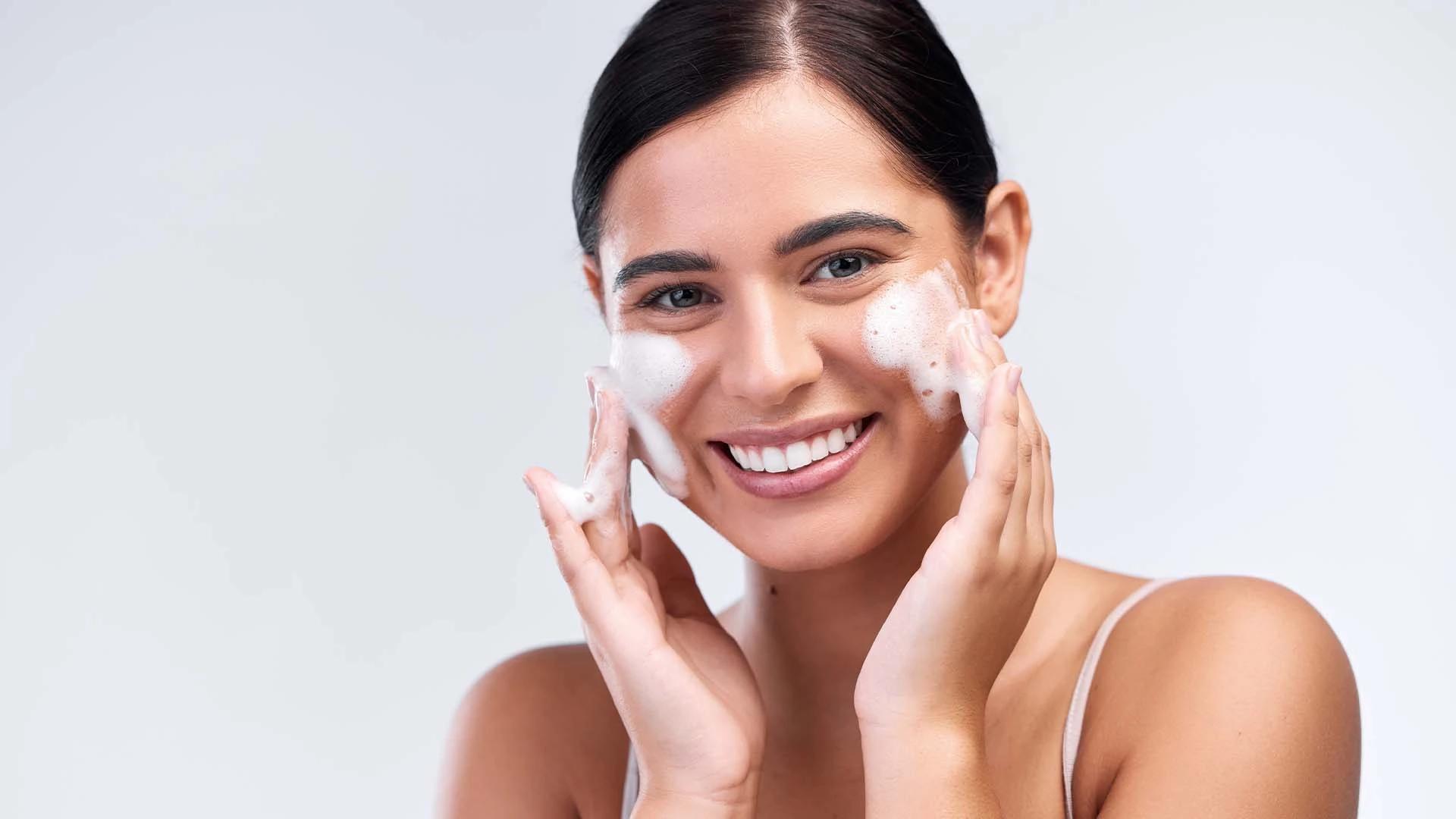Nutrients for Skin Brightening
Vitamin C-rich foods like citrus fruits, berries, and leafy greens support collagen production and can help with skin repair. Antioxidants found in colourful vegetables help fight free radical damage that can worsen pigmentation. Green tea, dark chocolate, and nuts are excellent sources of skin-supporting compounds.
Hydration and Its Impact on Skin
Proper hydration supports healthy skin cell turnover, which can help with pigmentation over time. Aim for adequate water intake throughout the day—your skin will thank you. Foods with high water content like cucumber, watermelon, and leafy greens contribute to overall hydration and provide additional nutrients for skin health.
Frequently Asked Questions
How long does it take to see results from natural remedies?
Natural treatments for underarm lightening typically take 4-8 weeks of consistent use to show noticeable results. Some people might see improvements sooner, whilst others may need longer. Patience is key—your skin needs time to renew itself naturally.
Can dark underarms be a sign of a more serious condition?
Whilst often cosmetic, sudden or severe darkening could indicate underlying health issues like diabetes or hormonal imbalances. If you notice rapid changes or other symptoms, it's worth discussing with a healthcare provider to rule out medical causes.
Are there any risks associated with underarm whitening treatments?
Natural remedies are generally safe, though patch testing is always wise. Professional treatments carry more risks, including skin irritation, scarring, or uneven results. Always consult qualified practitioners and discuss your skin type and concerns beforehand.
How can I whiten my underarms in 3 days?
Realistic expectations are important—significant lightening in just 3 days isn't likely with safe methods. However, gentle exfoliation, proper cleansing, and moisturising can improve the appearance of your underarms within a few days by removing buildup and dead skin cells.
What's the most effective home remedy for fast underarm whitening?
A combination approach works best: gentle exfoliation 2-3 times weekly, daily application of natural brightening agents like aloe vera or licorice extract, and consistent moisturising. Remember, "fast" in skincare usually means weeks rather than days for genuine results.
Key Takeaways
Dark underarms are common and treatable with the right approach. Understanding the underlying causes helps you choose the most effective treatment strategy. Natural remedies offer gentle solutions, whilst professional treatments provide faster but more intensive options. Prevention through proper skincare routines, clothing choices, and hair removal practices is often the best long-term strategy. Remember, consistency matters more than expensive products—simple, natural approaches often deliver the best results when used regularly. Your skin journey is unique, so be patient with yourself and celebrate small improvements along the way.

 50 gm
50 gm Pack of 3
Pack of 3 100 gm
100 gm 100 ml
100 ml